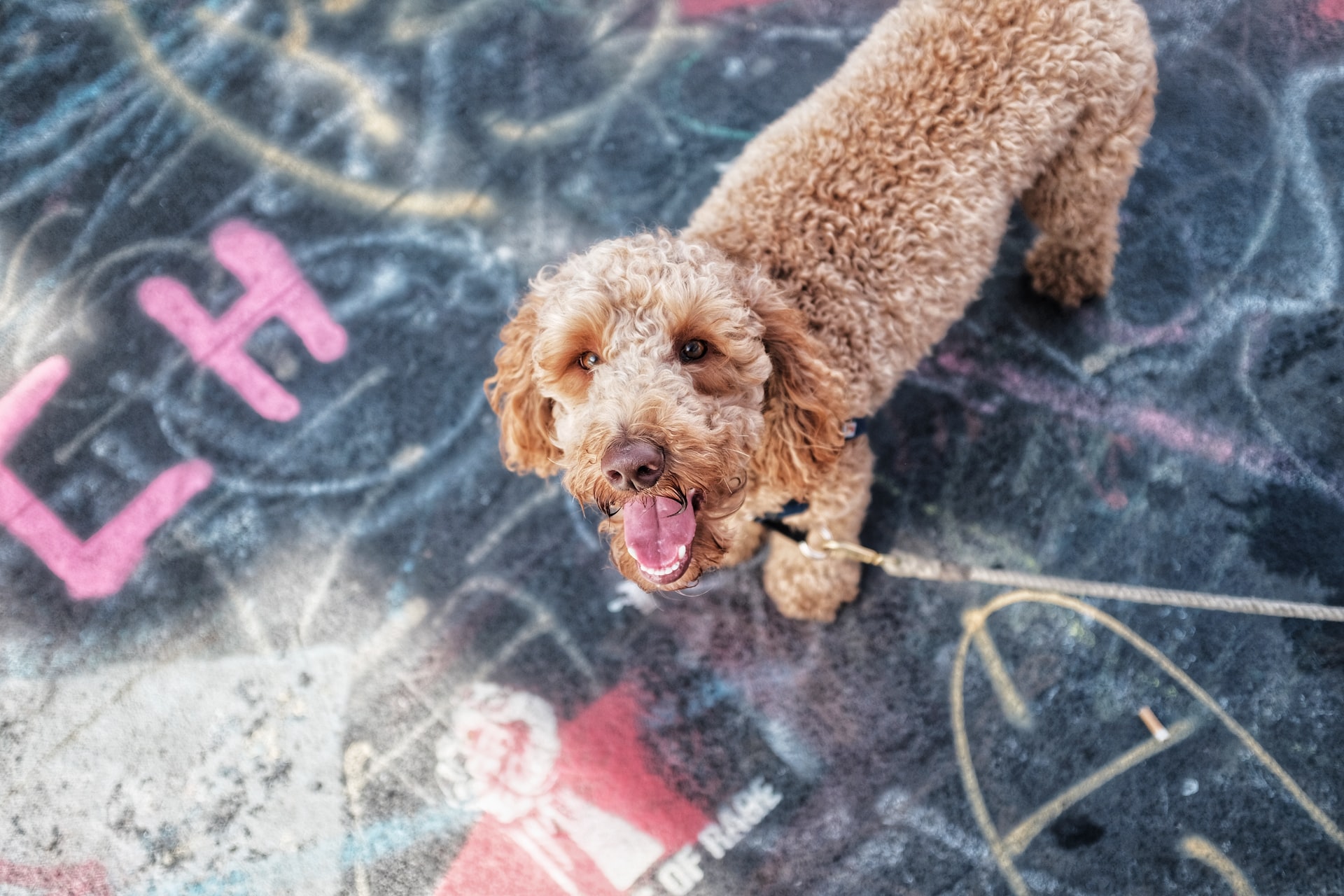The creator of the Labradoodle has called the cross-breed his “worst regret,” and that he inadvertently unleashed a “Frankenstein’s monster.”
Wally Conron, 90, worked for Guide Dogs Victoria in Australia when he bred the first Labrador-Poodle. Conron explained that when he first went about designing the breed, it wasn’t to make “big bucks” on a cute pet. He did it to help a blind woman from Hawaii who needed a guide dog, but had a husband who was allergic to dogs. He said:
“At first I thought, this will be a piece of cake. The standard poodle will do the job. It’s a good working dog, has a non-shedding coat. Over the period of three years, I tried 33 standard poodles, but not one was successful.”1
RELATED STORY
Faced with coming up with an alternative idea, Conron decided to try and breed a standard poodle with no known hereditary problems with a Labrador, a breed traditionally known as a reliable guide dog. It took a while, but he finally got the proper match, and as a result, a litter of three puppies were born. He said:
“It was great but I still had worries. Were they non-allergic, were they going to be suitable? So we sent the clippings of the coat and the saliva to Hawaii. There was only one in the litter of the three that her husband wasn’t allergic to.”1
RELATED STORY
Unsure of what to do with the two remaining puppies, Conron asked the PR department at his work to spread the word of this new breed. They rebranding the dog as the Labradoodle, and requests for the charming canines skyrocketed. Their popularity quickly spread across Australia and beyond.
Conron said he realized what he’d done within a matter of days, adding that he went to his boss and said:
“Look, I’ve created a monster. We need to do something about it to control it. I opened a Pandora’s box and released a Frankenstein(‘s) monster. That’s my big regret.”1
He said that as the breed’s popularity increased, some “unethical, ruthless people”1 seemed more concerned with breeding the dogs to sell them for big bucks, rather than thinking of the health of their offspring. According to Conron, the majority of Labradoodles are “either crazy or have an hereditary problem,” with healthy examples of the breed “few and far between.”1
RELATED STORY
British dog behavior expert Colin Tennant has 45 years of experience in the dog breeding industry. He said he doesn’t have an issue with cross-breeding in general, but said breeders should pay better attention to the health of the dogs. He told CNN:
“In essence, you are blindly breeding and altering genetics of the line without foreknowledge.”1
Tennants mentioned the Bichon Frise as an example. The dog’s eyes water excessively. He said of the cross-breed:
“It must be in agony all the time. They breed the face flat so they look humanoid because we find that attractive, with no consideration for the permutations we are producing with regards the dog’s welfare or health.”1












